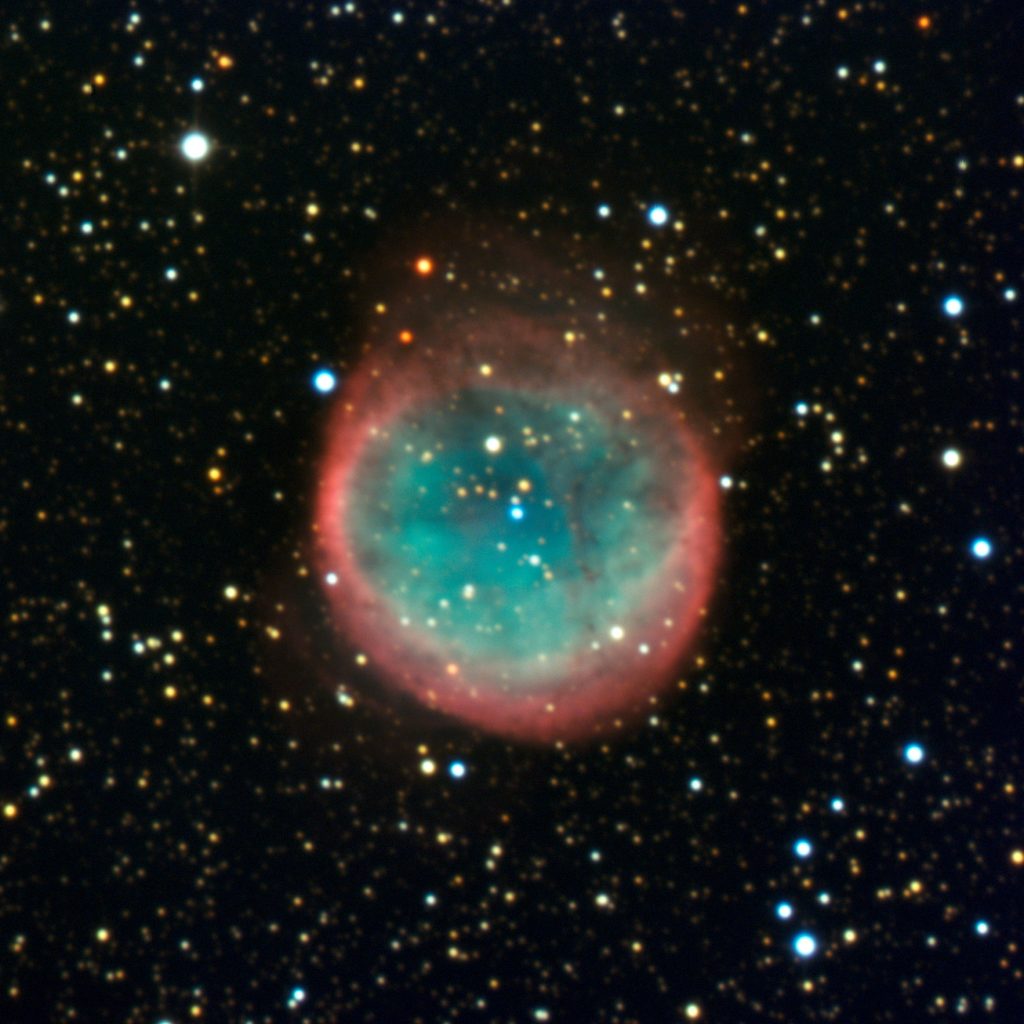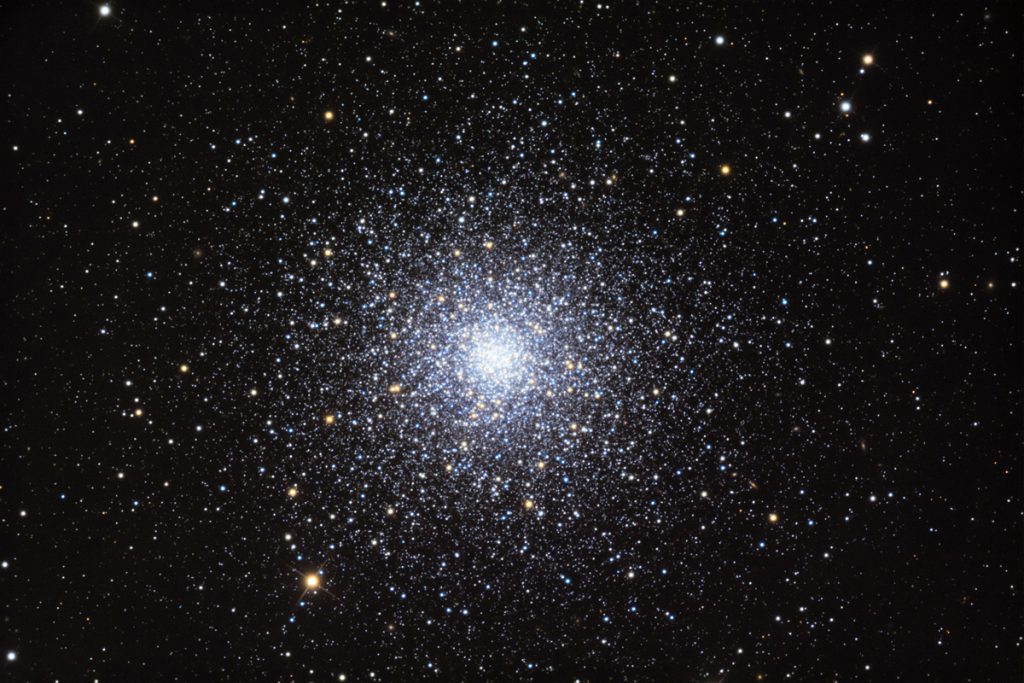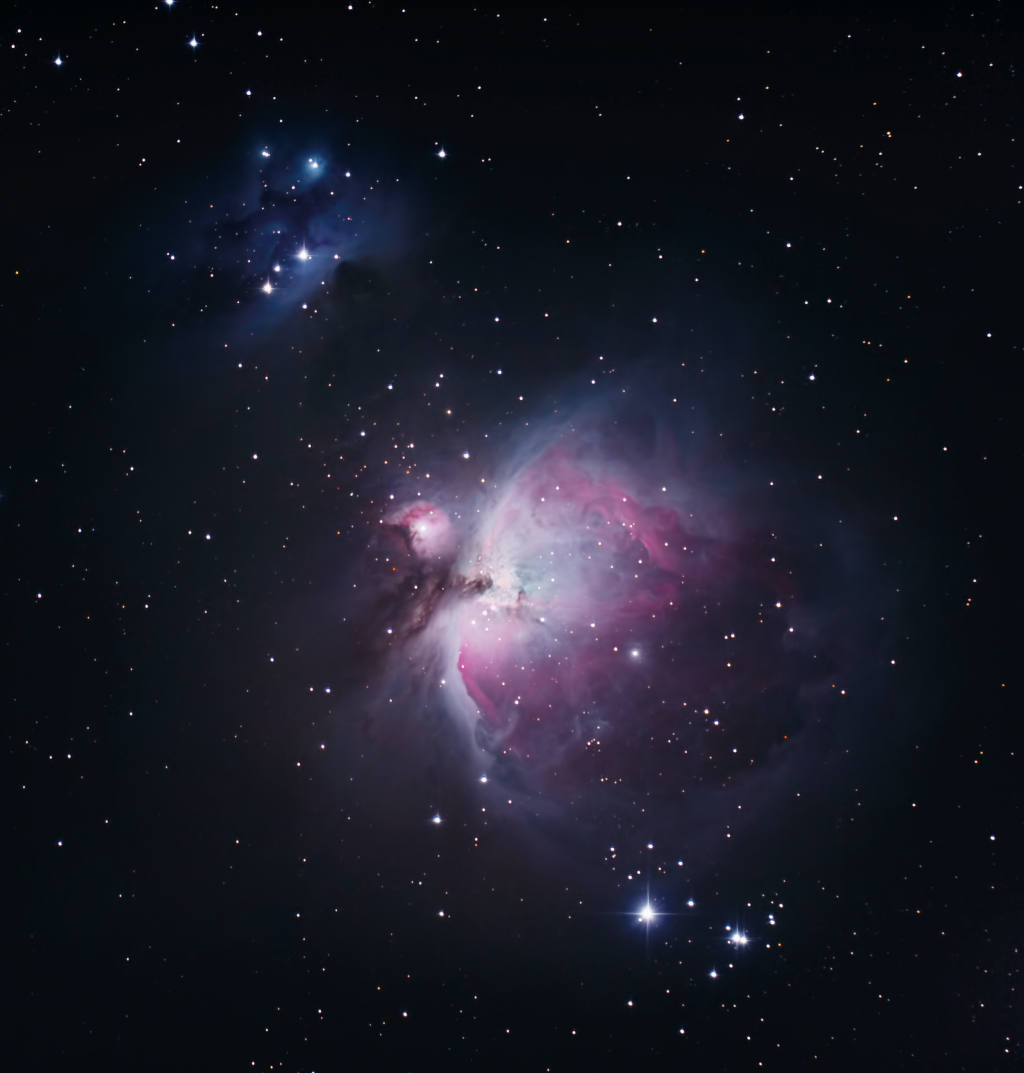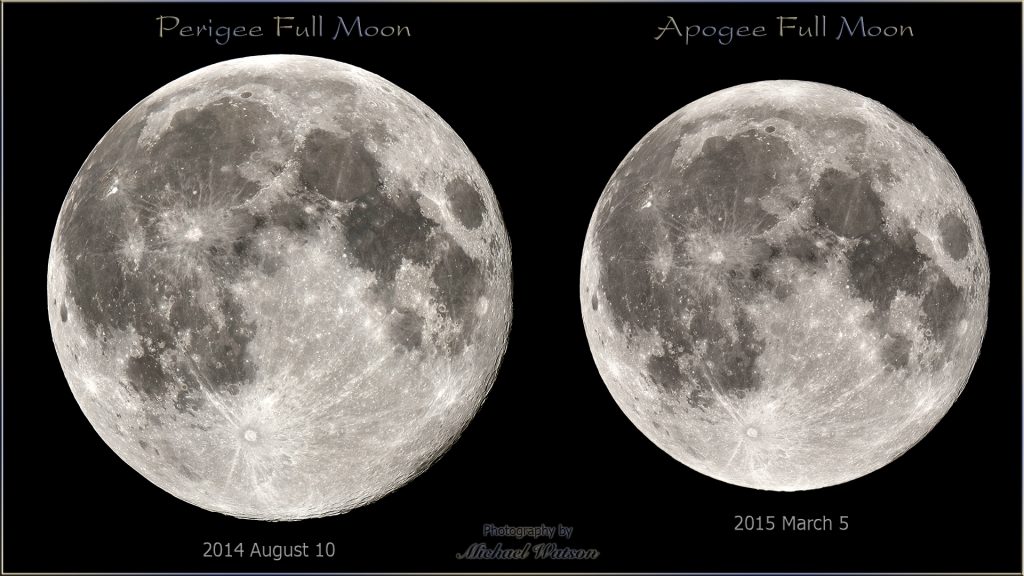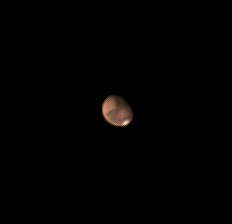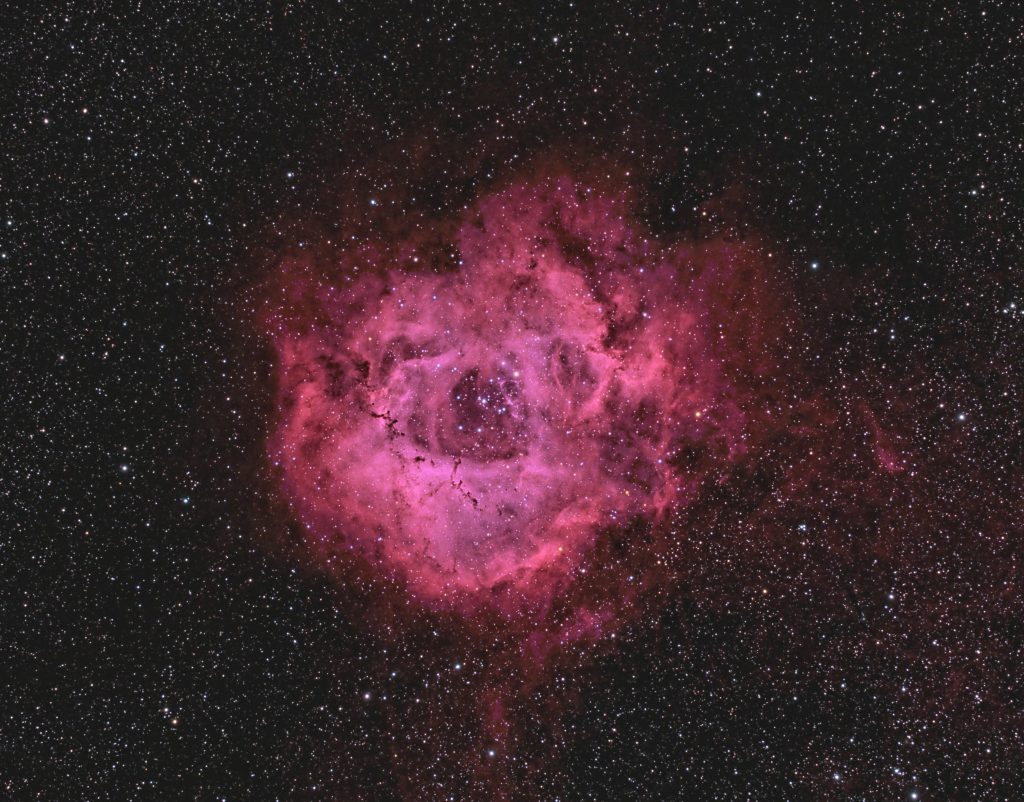The Morning Moon Helps Meteors Mount and the Eagle’s Sights, Evening Star Venus, and Shiny Saturn at Opposition near Jupiter!
The Ghost of the Moon planetary nebula aka NGC 6781 in Aquila, photographed by the European Southern Observatory 3.6-m Telescope at the La Silla Observatory in the Atacama Desert, Chile. The image spans 4.5 arc-minutes of sky, or 15% of the full moon. The object is an expanding sphere of gas – the outer shells…
Read more
